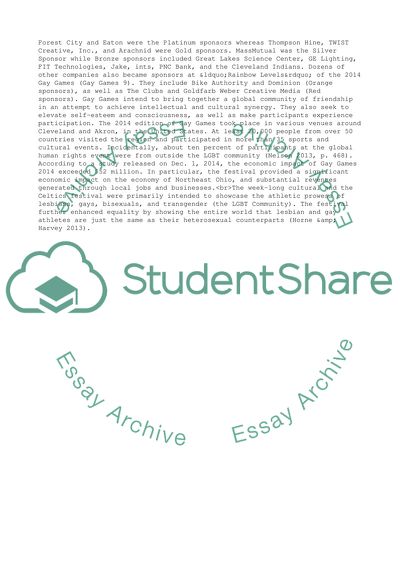Cite this document
(The Cleveland Foundation by Gay Games Dissertation, n.d.)
The Cleveland Foundation by Gay Games Dissertation. Retrieved from https://studentshare.org/business/1856218-sustainable-events-management-gay-games-2014
The Cleveland Foundation by Gay Games Dissertation. Retrieved from https://studentshare.org/business/1856218-sustainable-events-management-gay-games-2014
(The Cleveland Foundation by Gay Games Dissertation)
The Cleveland Foundation by Gay Games Dissertation. https://studentshare.org/business/1856218-sustainable-events-management-gay-games-2014.
The Cleveland Foundation by Gay Games Dissertation. https://studentshare.org/business/1856218-sustainable-events-management-gay-games-2014.
“The Cleveland Foundation by Gay Games Dissertation”, n.d. https://studentshare.org/business/1856218-sustainable-events-management-gay-games-2014.


